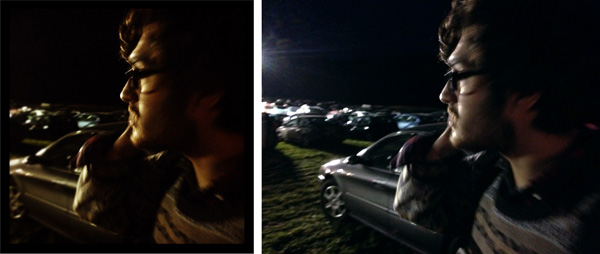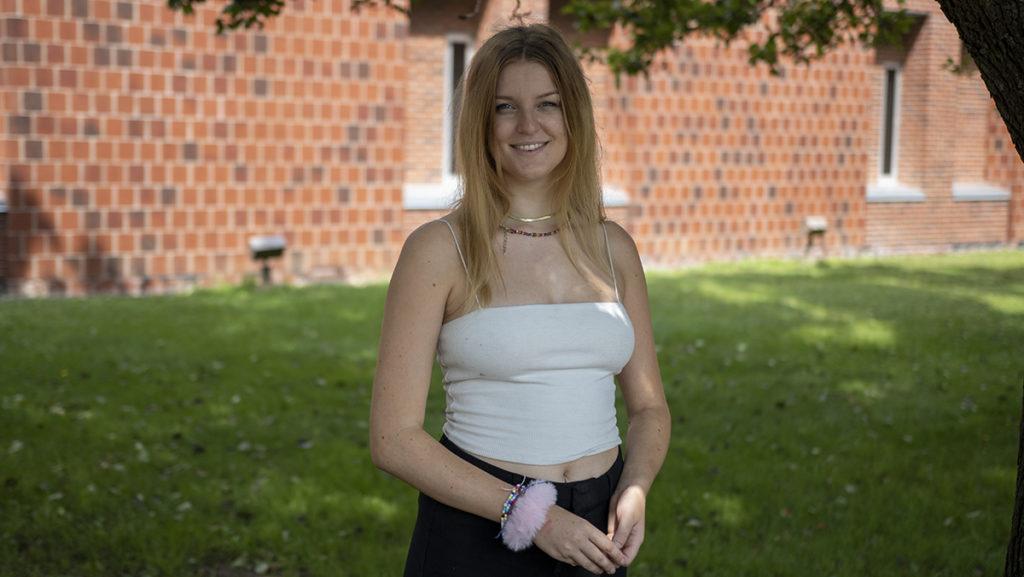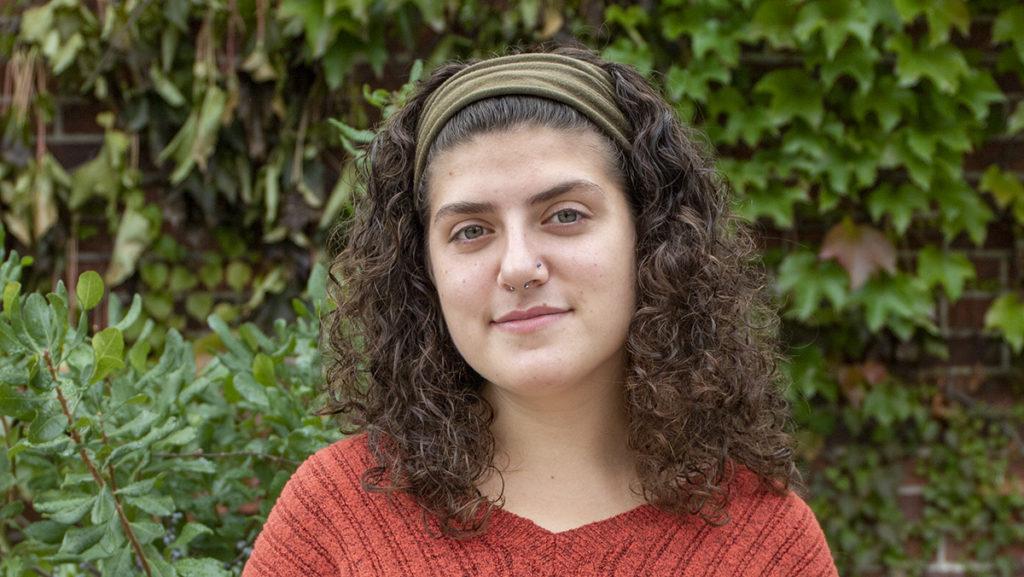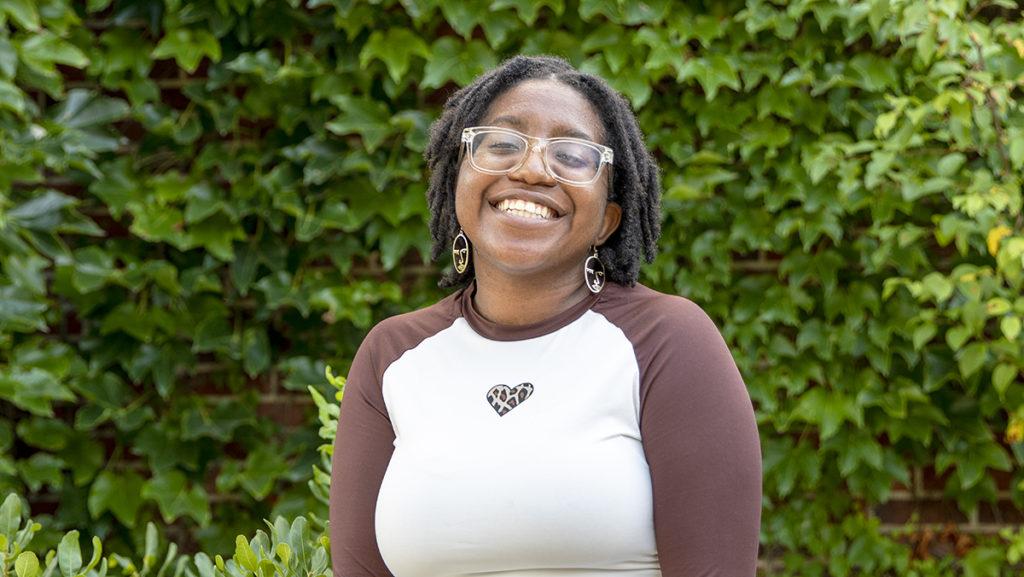You may have read about Ben Lowy. He’s an award winning photojournalist. However, that is not what makes him important. He became famous for his use of the Hipstamatic app while shooting images on his iPhone. Should we really allow this type of photography in a journalistic manner?
I will concede the earlier point by Rachel Woolf that Instagram and other apps provide social networking opportunities that are wonderful for the world of photography. But I will say that this type of editing should not be used in journalism. One thing to look at is that Ben Lowy himself even helped developed a “lens” for the Hipstamatic app that was more suited to journalistic work. Why would that be necessary if what he was doing was already ethically okay?
Cell phone photography is an amazing thing for journalism. We can produced technically usable images at a moment’s notice without the need for professional equipment. That is great. We see it has had a huge impact in the world of citizen journalism. The reportage of the Arab Spring revolutions would not have been as well covered or followed if it
wasn’t for cell phone and citizen journalism, it even started to be funded by the United Nations.

Here we see Jon Samuels making a phone call in the parking area of the event. That is the very basic first look at the image. Now, if we look at simply the square crop of Instagram we can see some information lost. The main thing I notice is the lighting. In the original image we can see that it is a high placed spotlight set up for the event. In the Instagram photo we can’t tell if it is a light, a car or even the scale of the event. Just from that quick analysis we should be starting to question whether or not this is appropriate for journalistic work.
Next, the color is just off and unrealistically edited. If I were to be editing for a news organization I would feel uncomfortable doing that amount of color manipulation in Photoshop. So why do we allow it be done for us quickly using an app? It seems like just an excuse in lieu of an argument that would be completely unfounded.
I don’t see the point of Instagram beyond a social networking tool for the everyday cell phone photographer. Photojournalism is a field involving skill, thought and ethics, that is what keeps photojournalists relevant, and as such we should analyze these trends with as much diligence as everything else in the field, not just let it slip on through. Evolution of technology is great, but not when it hampers our journalistic integrity.






